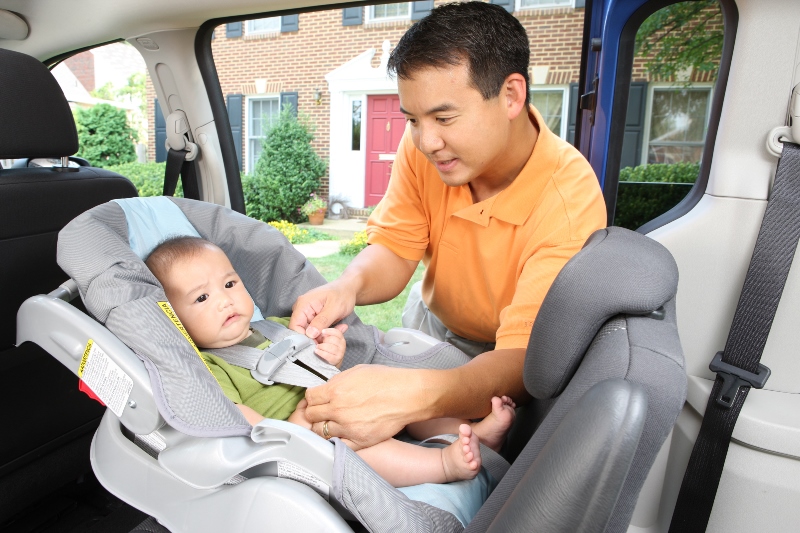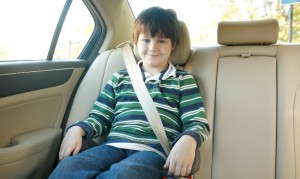Getting the Right Seat for your Child
The National Highway Traffic Safety Administration (NHTSA) knows it’s not an easy task to find the right car seat. After all, there are several types of seats—from infant to convertible and booster—depending on your child’s age and size. Even after you find the right one, it’s important to know how to install your car seat correctly and when to transition your child to another type of seat as your child grows older.
There are many car seat choices on the market. Use the information below to help you choose the type of car seat that best meets your child’s needs.
- Select a car seat based on your child’s age and size, choose a seat that fits in your vehicle, and use it every time.
- Always refer to your specific car seat manufacturer’s instructions (check height and weight limits) and read the vehicle owner’s manual on how to install the car seat using the seat belt or lower anchors and a tether, if available.
- To maximize safety, keep your child in the car seat for as long as possible, as long as the child fits within the manufacturer’s height and weight requirements.
- Keep your child in the back seat at least through age 12.
Rear-Facing Car Seat
Birth – 12 Months
Your child under age 1 should always ride in a rear-facing car seat. There are different types of rear-facing car seats:
- Infant-only seats can only be used rear-facing.
- Convertible and All-in-one car seats typically have higher height and weight limits for the rear-facing position, allowing you to keep your child rear-facing for a longer period of time.
1 – 3 Years
Keep your child rear-facing as long as possible. It’s the best way to keep him or her safe. Your child should remain in a rear-facing car seat until he or she reaches the top height or weight limit allowed by your car seat’s manufacturer. Once your child outgrows the rear-facing car seat, your child is ready to travel in a forward-facing car seat with a harness and tether.
Forward-Facing Car Seat
1 - 3 Years
Keep your child rear-facing as long as possible. It’s the best way to keep him or her safe. Your child should remain in a rear-facing car seat until he or she reaches the top height or weight limit allowed by your car seat’s manufacturer. Once your child outgrows the rear-facing car seat, your child is ready to travel in a forward-facing car seat with a harness and tether.
4 - 7 Years
Keep your child in a forward-facing car seat with a harness and tether until he or she reaches the top height or weight limit allowed by your car seat’s manufacturer. Once your child outgrows the forward-facing car seat with a harness, it’s time to travel in a booster seat, but still in the back seat.
Booster Seat
4 - 7 Years
Keep your child in a forward-facing car seat with a harness and tether until he or she reaches the top height or weight limit allowed by your car seat’s manufacturer. Once your child outgrows the forward-facing car seat with a harness, it’s time to travel in a booster seat, but still in the back seat.
8 - 12 Years
Keep your child in a booster seat until he or she is big enough to fit in a seat belt properly. For a seat belt to fit properly the lap belt must lie snugly across the upper thighs, not the stomach. The shoulder belt should lie snugly across the shoulder and chest and not cross the neck or face. Remember: your child should still ride in the back seat because it’s safer there.
Seat Belt
8 - 12 Years
Keep your child in a booster seat until he or she is big enough to fit in a seat belt properly. For a seat belt to fit properly the lap belt must lie snugly across the upper thighs, not the stomach. The shoulder belt should lie snugly across the shoulder and chest and not cross the neck or face. Remember: your child should still ride in the back seat because it’s safer there.
For more information on Child Safety Seats, proper installation and other similar issues, check out the NHTSA's Administration's Parents Central.







